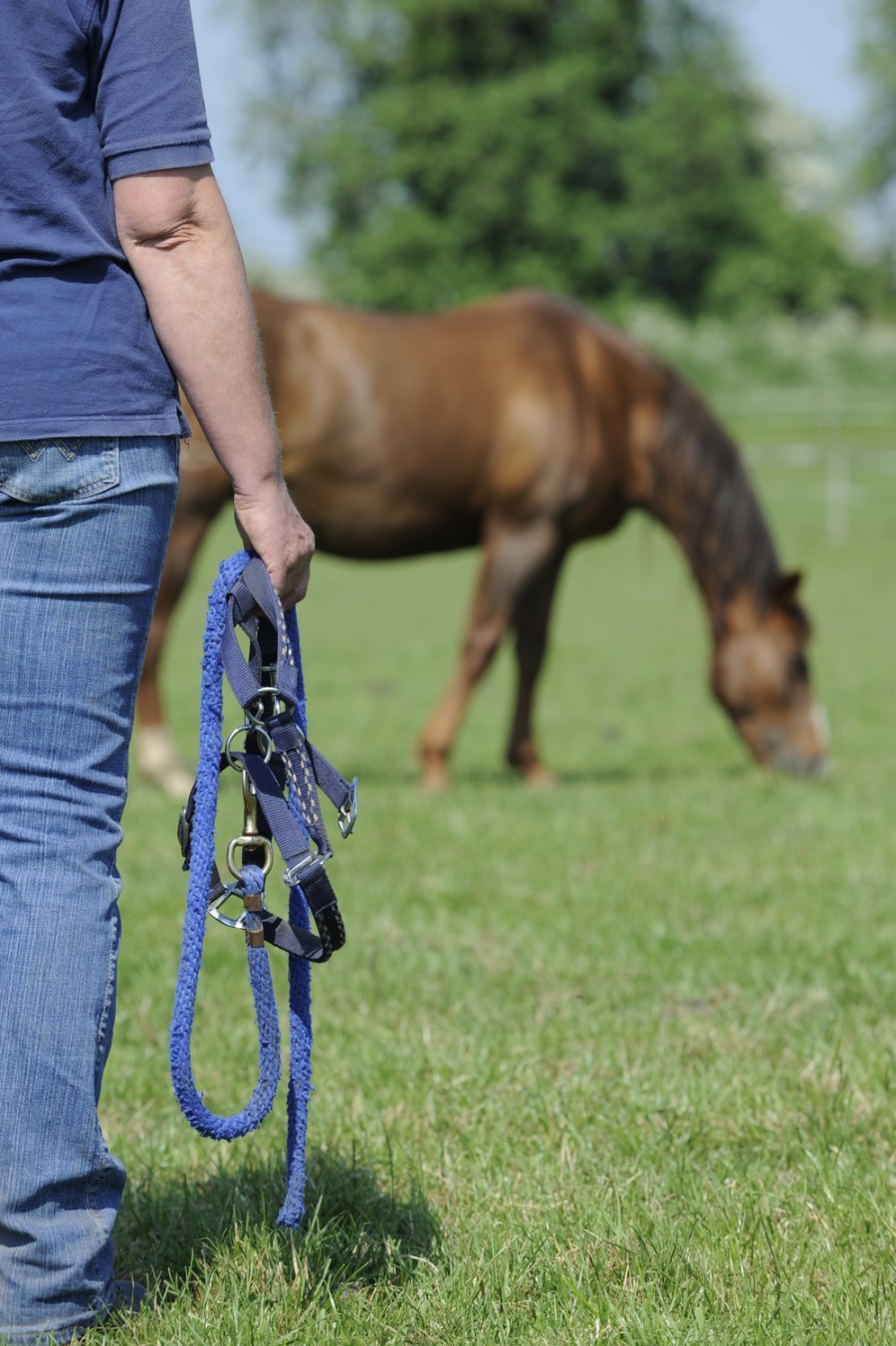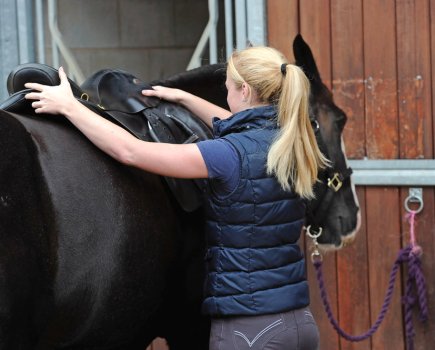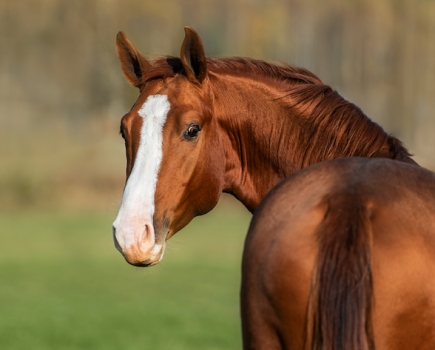If your horse won’t be caught there are two possible reasons why – our expert Debbie Marsden explains what they are, how to spot them and how to deal with them.
First off it’s important to work out why your horse doesn’t want to be caught and the two most common reasons can be categorised as ‘pain’ and ‘play’:
Is he in pain?
“Pain is often a reason why horses don’t want to be caught from the field,” explains Debbie. “Going from a winter of light riding and little grass to frequent riding and rich spring grass may mean he’s changed shape and his tack isn’t fitting him comfortably anymore. Or, if he has any arthritic conditions these could have worsened over the cold winter months, meaning that he associates coming out of the field to be ridden or stand in his box with pain.
“There are tell-tale signs that show your horse may be uncomfortable or in pain – he’s likely to walk or trot away from you and go to the furthest end of the field; he may also have his head down and look generally unhappy. Consider what he’s been like in himself and in his work, has he been nappy or bad tempered? These are all signs of pain.”
To solve the pain issue, Debbie recommends having your horse’s tack and back checked by a qualified saddle fitter and veterinary physiotherapist or if you’re unsure of the cause, ask your vet to check him over. Hopefully, as soon as you eliminate any pain related issues, he’ll be willing to be caught.
Does he want to play?
Play or mischievousness are another common cause of catching problems. Rich grass, the sun on his back and friends to play with – why would he want to come into his stable with you?
“If play is the reason your horse doesn’t want to be caught then he’s likely to be galloping around with his tail in the air and his nostrils flared,” says Debbie. “He will trot or canter closely past you and kick or buck as he goes. These are all signs that he wants to play and he’s too excited to come in.
“With a playful or naughty horse, it can be a little trickier to solve the problem. The best way to overcome his mischievousness is to show him who’s boss. Frequent groundwork is particularly useful for showing him you’re in charge and you’re his leader.”
Six steps to catching success
- Removing the rest of the horses from the field can often help to catch a tricky horse (although this isn’t always the easiest and most practical option).
- Trying to catch him at the end of the day when he’s at his hungriest and ready for his feed is a frequently used method.
- If you have electric fencing, start moving the fencing around your horse to encourage him towards the gate so that you eventually create a small pen (about the size of four stables) near to the gate – this should give you a much higher chance of catching him.
- Using treats or feed as bribery is always a fail-safe option if you really need to catch him, however, you shouldn’t use bribes as a long-term solution.
- As a long-term exercise, walking up to your horse and either giving him a cuddle or a treat then walking away is a good technique – you need to make him see that you’re not always going to catch him and, even if you do, make him see that coming in from the field with you doesn’t always mean hard work.
- Another technique is called catching by chasing – if your horse refuses to be caught then follow him around the field and keep constantly moving him on; allow him to drink but don’t allow him to eat and eventually he should get tired and give in.
All of these techniques will take time and effort and are likely to interrupt your usual riding routine, but, with just a few days of persistence, the results should make life much easier in the long run.








